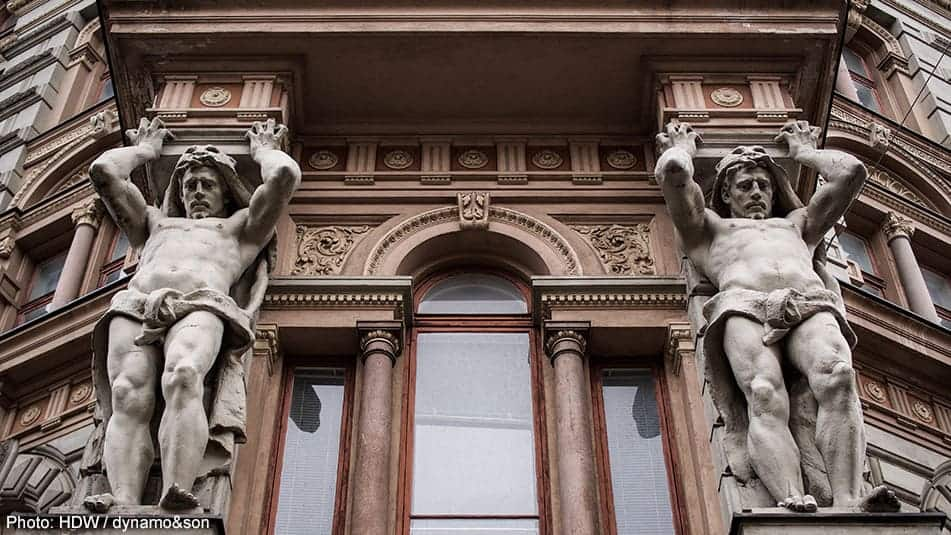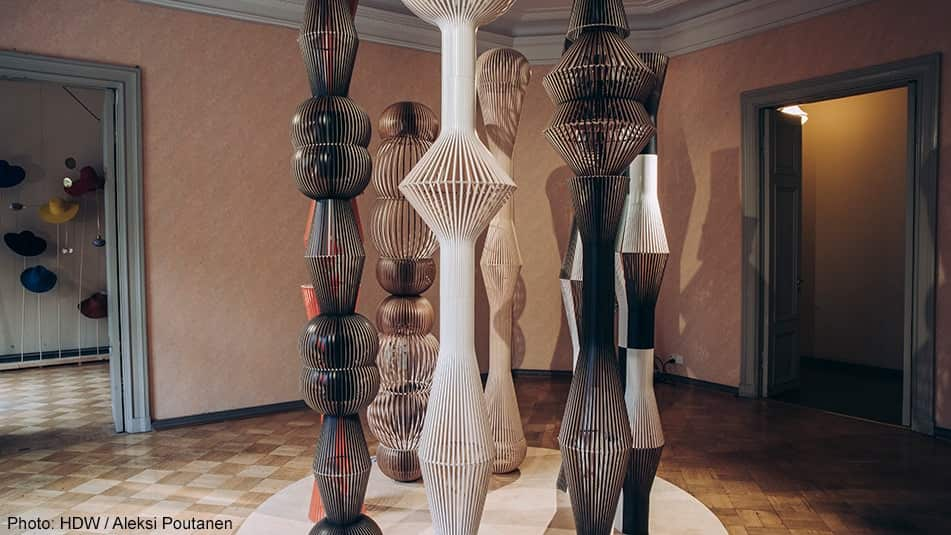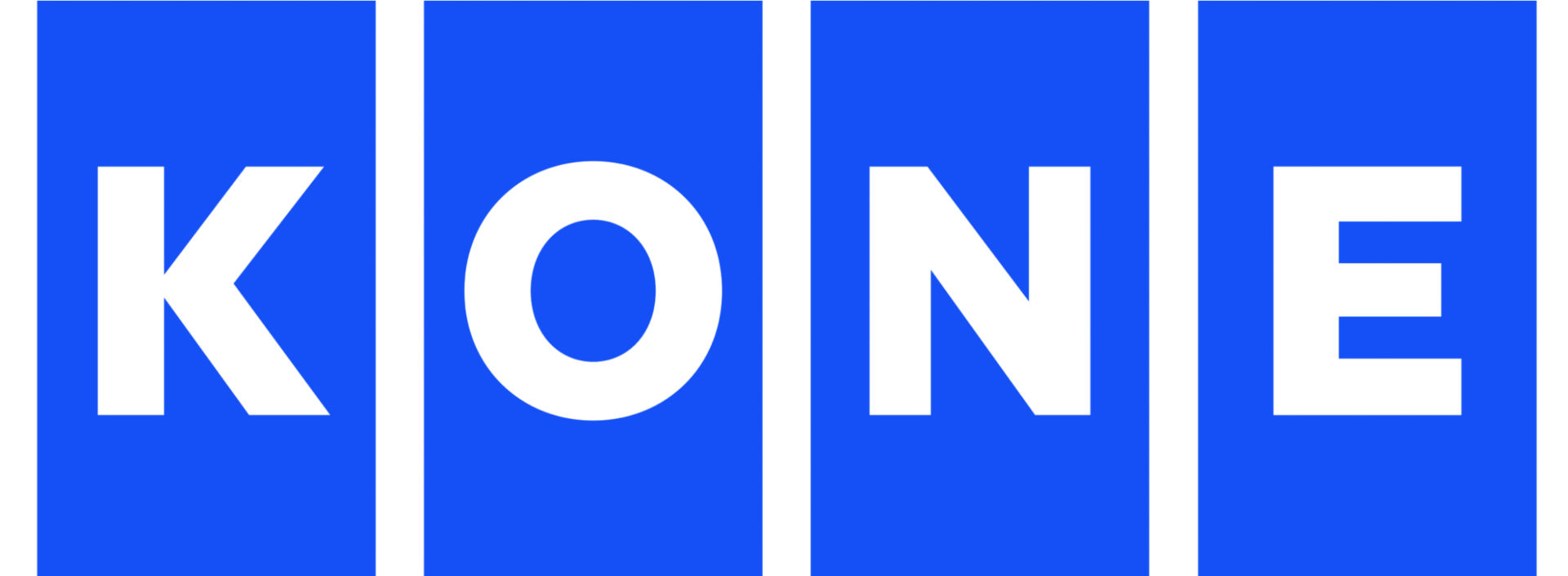Would you like to explore our corporate site or visit your local website?
Stay on Corporate siteBest known for Helsinki’s Ateneum Art Museum, Finnish architect Theodor Höijer also designed a little-known gem, an 1891 Neo-Renaissance building known as Erottaja 2 or the Höijer Palace. The five-story mansion which has served as a residence to some of Finland’s top government officials, was opened to the public for the first time in its history as the main venue of the Helsinki Design Week (HDW) in September 2019.
Over 10 days, both Finnish and international designers and artists presented cutting-edge work across the venue’s 65 exhibition rooms – all centering on the theme of creating encounters and experiences in a sustainable way.
With its labyrinthine corridors and stairwells – and no working elevators after years of disuse – designing a smooth exhibition experience for the anticipated 14,000 visitors posed a unique logistical challenge.
Best possible visitor experience

HDW turned to KONE’s People Flow Planning and Consulting team for an analysis of how visitors could best navigate the unique building.
“Our team created a virtual model of the venue and defined the different user groups interacting with it. We simulated different possible scenarios and advised on the feasibility of HDW’s plans,” explains Niko Penttinen, KONE’s head of People Flow Consulting.
“The building is rather complex,” Penttinen adds. “And as it was only an event venue for a brief moment, this limited the options available for making the building more intuitive.”
Customer satisfaction is the ultimate test of a project’s success – and Helsinki Design Week CEO Kari Korkman was pleased with the solutions KONE came up with.
“The simulation showed how people would move through the building in various ways. This helped us plan and execute a perfect model for people flow in a building that was not originally designed for this purpose,” Korkman says. “It was of enormous assistance to us when designing the signage and in getting an idea of how many people we could accommodate.”
Korkman notes that most of the predictions were on point. “It was reassuring to see that the routes we planned, and the coordination of visitors worked. I’d say the longest queue was something like five minutes. We were really pleased with the result.”

Helsinki Design Week is the biggest design festival in the Nordics. For more information: https://www.helsinkidesignweek.com/about/what-we-do/

